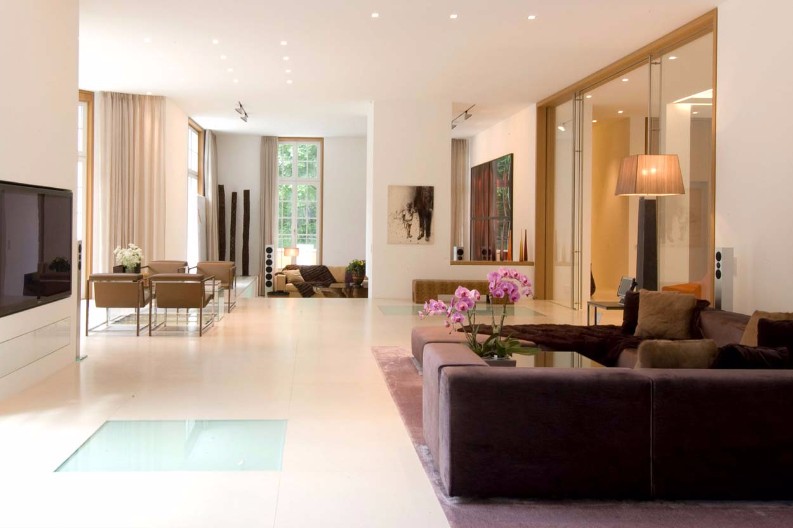Best German Interior Design Concepts to Keep You Inspired
Germany, renowned for its precision engineering and impeccable design ethos, has also carved a niche for itself in the world of interior design. German interior design blends functionality with aesthetics, producing spaces that are both practical and captivating. In this article, we delve into the top 15 German interior design concepts that have caught the world’s attention.
1. Bauhaus Movement: Modernism at its Best

Emerging in the early 20th century, the Bauhaus movement emphasized simplicity, functionality, and clarity. Streamlined furniture, minimalist decor, and a focus on geometric shapes are all hallmarks of this influential design style.
2. German Minimalism: Less is More

Taking cues from the global minimalist trend, German minimalism integrates neatness, functionality, and subdued colors. It emphasizes decluttered spaces, neutral palettes, and quality over quantity.
3. Rustic Alpine Retreats: Bringing Nature Indoors

The Alpine region of Germany offers a unique design perspective. Wooden accents, chunky knit throws, and stone elements dominate, creating a warm and inviting environment reminiscent of a mountain cabin.
4. German Industrial Design: Urban Chic
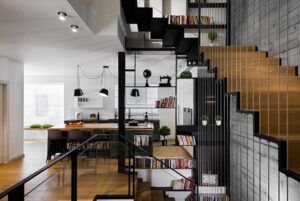
With its raw materials and open spaces, German industrial design incorporates exposed brick, metal fixtures, and spacious layouts. Often seen in urban lofts, this style gives a nod to Germany’s rich industrial past.
5. Contemporary Berlin Interiors: Fusion of Old and New

Berlin, a city with a tumultuous history and a vibrant present, offers a melange of historic architecture and modern design elements. Think renovated old buildings with modern furnishings and tech-forward amenities.
6. German Eco-Design: Sustainable and Stylish

Germany is at the forefront of sustainable design. Eco-design in Germany means solar-powered homes, energy-efficient appliances, and sustainable materials that are both functional and environmentally conscious.
7. German Cottagecore: A Countryside Dream
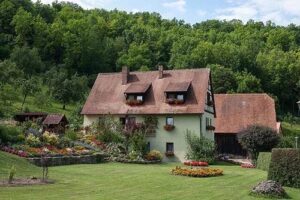
Taking inspiration from the idyllic German countryside, this design emphasizes floral patterns, pastel colors, and vintage furniture. It’s a perfect blend of tradition and whimsy.
8. Urban Jungle: Incorporating Greenery

The Urban Jungle trend is all about bringing the outdoors in. Lush plants, tropical patterns, and natural materials transform urban homes into serene, nature-inspired sanctuaries.
9. Traditional German Kitchens: A Mix of Functionality and Aesthetics

German kitchens are renowned for their efficiency. Clean lines, modular designs, and advanced appliances make these kitchens a dream for any culinary enthusiast.
10. Vintage Revival: Nostalgia Meets Modernity

Combining old-world charm with contemporary elements, the Vintage Revival style brings back treasured designs from the past and integrates them into modern homes.
11. Romantic Rhine Valley: Elegance and Class

Inspired by the Rhine Valley’s picturesque landscapes and historic castles, this style incorporates opulent fabrics, ornate furniture, and luxurious details.
12. Coastal North German Design: Breezy and Light

Drawing inspiration from Germany’s northern coastlines, this design showcases muted blues, sandy tones, and driftwood accents, creating a calm and breezy atmosphere.
13. Futuristic German Design: Ahead of its Time
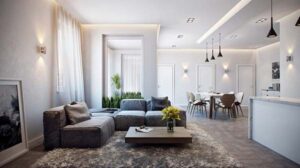
Germany is always looking ahead. Futuristic German interior design includes cutting-edge technology, innovative materials, and designs that seem borrowed from a distant future.
14. German Boho: Free-Spirited and Eclectic
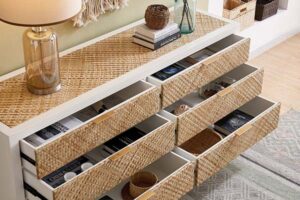
The German Boho style is a blend of vibrant colors, diverse textures, and a mix of global influences. It’s a celebration of freedom, diversity, and personal expression.
15. Timeless German Classics: Evergreen Designs

Last but not least, the timeless classics encompass designs that have stood the test of time. They blend age-old German craftsmanship with designs that remain relevant and stylish decade after decade.
Exploring the Depths of German Interior Design: Beyond the Basics
Beyond the fifteen core concepts of German interior design, there’s a wealth of untapped potential and design philosophies that continue to inspire. From the global influence of German design schools to the personal touches in home interiors, German design is more than just a blend of aesthetics—it’s a lifestyle.
Frequently Asked Questions (FAQs) About German Interior Design
Curious to learn more about German interior design? Here are some commonly asked questions along with insightful answers:
Q1: What is the primary focus of German interior design?
A1: It places a strong emphasis on functionality, quality craftsmanship, and a harmonious blend of aesthetics and usability.
Q2: Is German interior design all about minimalism?
A2: While minimalism is one thing of German design, it is no longer the most effective style. German design incorporates a wide range of patterns, from minimalist to rustic, commercial, or even futuristic.
Q3: How does sustainability play a role in German interior design?
A3: Sustainability is a key pillar of German design philosophy. Many designers prioritize eco-friendly materials, energy-efficient appliances, and designs that have a lower environmental impact.
Q4: Are there specific color palettes associated with German interior design?
A4: German design often leans towards neutral color palettes, such as whites, grays, and earthy tones. However, there’s also room for bolder colors, especially in more eclectic styles.
Q5: What is the Bauhaus movement, and how does it influence German design?
A5: The Bauhaus movement, originating in Germany, emphasizes the combination of art and craft. It has left a lasting impact on German design, promoting clean lines, geometric shapes, and a functional approach.
Q6: Can I incorporate German interior design elements into my home if I’m not in Germany?
A6: Absolutely! German interior design concepts are adaptable and can be integrated into homes around the world. It’s all about understanding the core principles and adapting them to your space.
Conclusion
In conclusion, German interior design, with its rich tapestry of styles, from the modernistic Bauhaus movement to the traditional Rhine Valley elegance, offers a plethora of inspirations for every design enthusiast. Whether you’re a fan of the minimalist approach or prefer the rustic charm of an Alpine retreat, there’s a German interior design concept that’s sure to captivate you.

